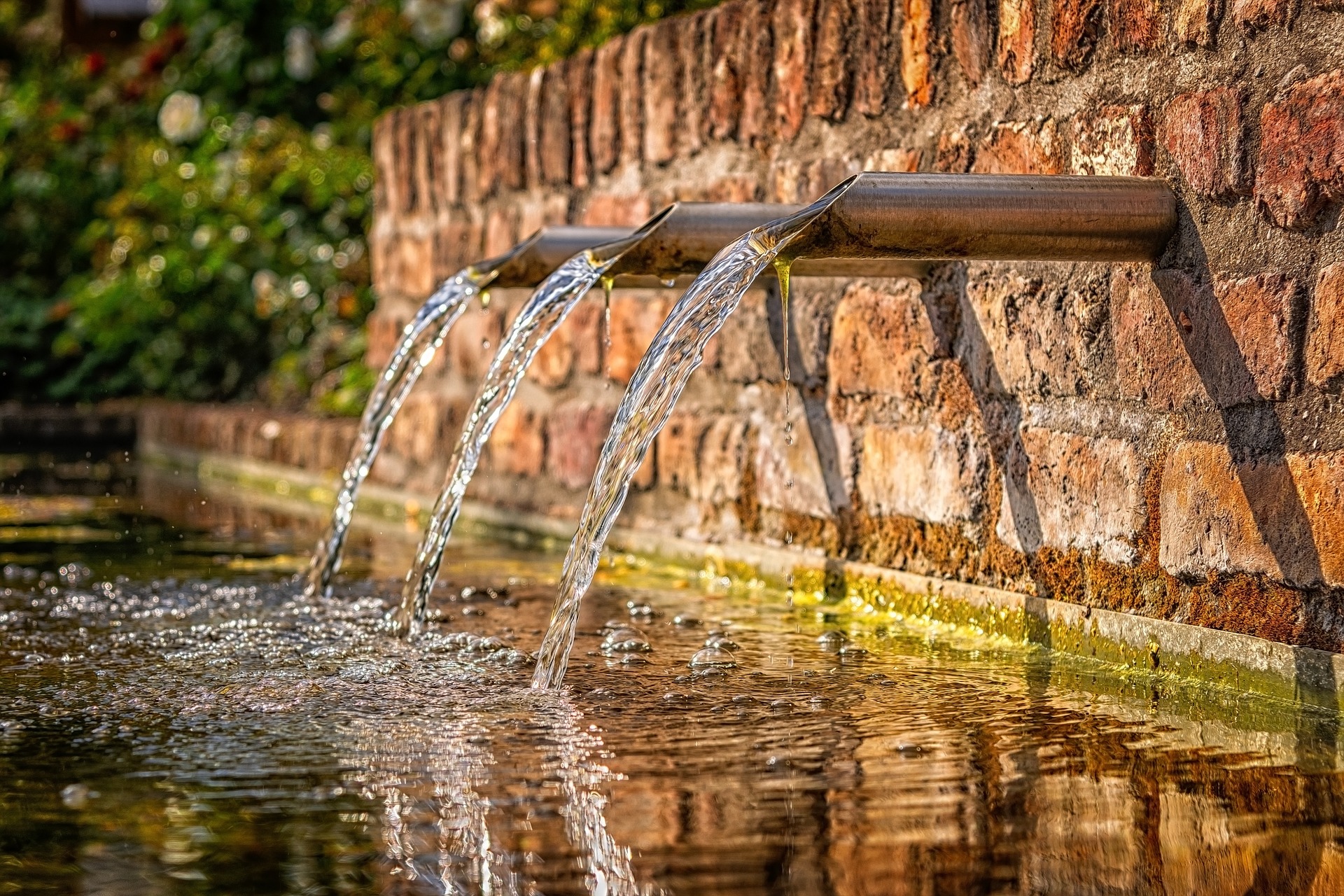Planting a lavender garden can be a delightful experience. Lavender is known for its striking beauty and aromatic fragrance that can create a relaxing atmosphere. However, did you know that planting certain lavender companion plants can improve the overall health and growth of your lavender?
Lavender is a naturally hardy plant that can survive in various environmental conditions. However, when grown with compatible plants, it can lead to a more favorable environment. Companion planting is the practice of growing plants together that can benefit each other in some way.
First, let’s talk about what makes a good lavender companion plant. It should be able to tolerate the same environmental conditions as lavender, which includes full sun and well-drained soil. Additionally, it should have similar water requirements and not be a pest or disease magnet. Lastly, it should not compete with lavender for nutrients or space.
One of the best lavender companion plants is the rosemary plant. Both lavender and rosemary enjoy the same type of soil and level of sunlight. They also have similar watering needs, making it practical to grow them together. Rosemary is known to repel pests such as mosquitoes, flies, and moths, making it an excellent natural pest controller.
Another good lavender companion plant is the salvia plant. Salvia has drought-tolerant qualities, which makes it an ideal partner for lavender since both plants have similar water requirements. Additionally, salvia has a high nectar content, which attracts pollinators such as butterflies and bees, ensuring that your lavender gets pollinated.
Lavender can also be grown with thyme, as the two complement each other quite well. Thyme is also a hardy herb that can tolerate the same environmental conditions as lavender. This plant can attract pollinators and repel pest insects like whiteflies, aphids, and cabbage moths, which can attack lavender.
Lastly, lavenders can also be paired with marigolds. Marigolds are known for repelling a wide variety of insects such as Japanese beetles and aphids. It also attracts beneficial insects like ladybugs and spiders which prey on pests that can damage lavender plants.
It is essential to keep in mind that not all plants work well with lavender. Avoid planting any plants that require lots of water, such as mint, chives, or parsley, as they will compete with lavender’s water requirements. High moisture levels will increase the risk of waterlogging that may harm lavender plants’ roots.
Another plant that is not suitable for planting with lavender is basil. Basil is known to attract aphids, which can infest lavender plants. It’s best to avoid planting these two herbs together.
Planting lavender companion plants can enhance the beauty and benefits of your lavender garden. Be sure to choose plants that are compatible with lavender and provide a lot of benefits like pest control, pollination, and nutrient sharing. By following these recommendations, you can create a thriving lavender garden that is both aesthetically pleasing and healthy.







